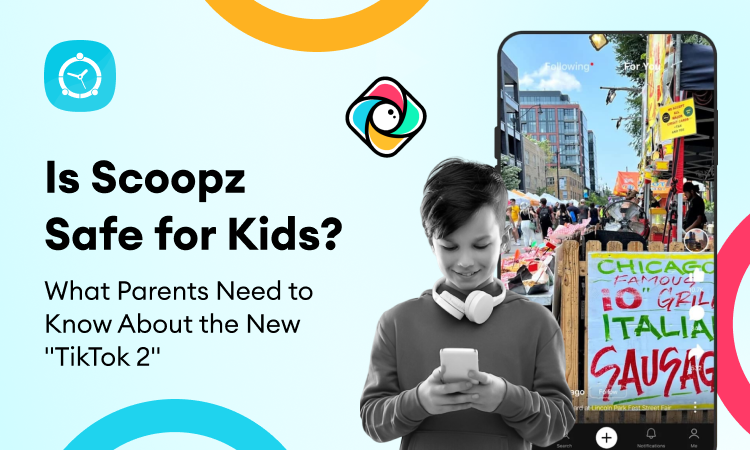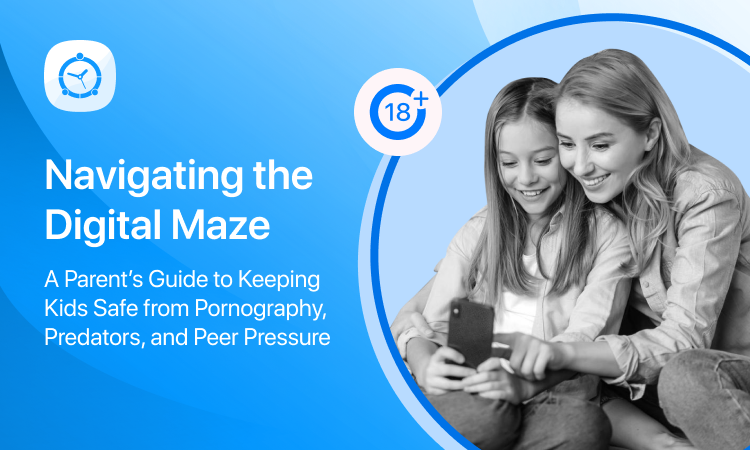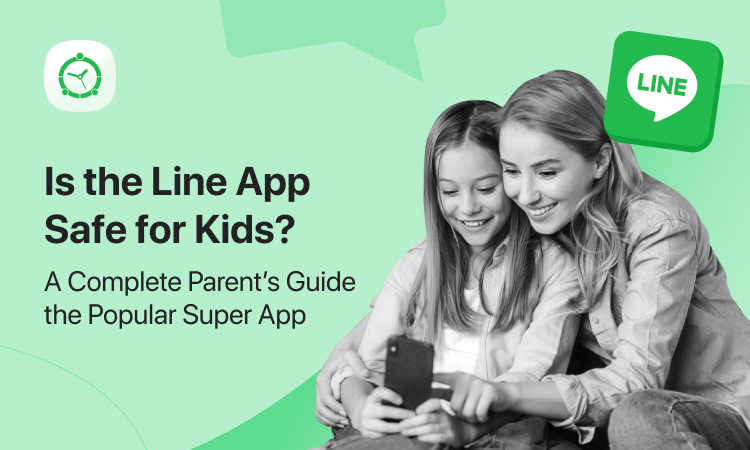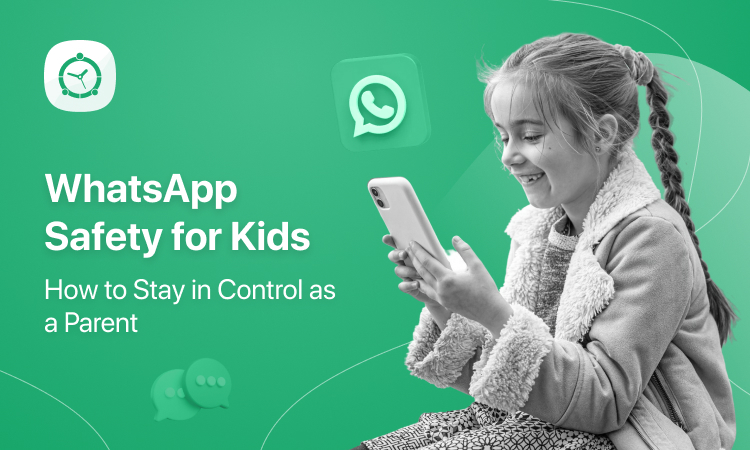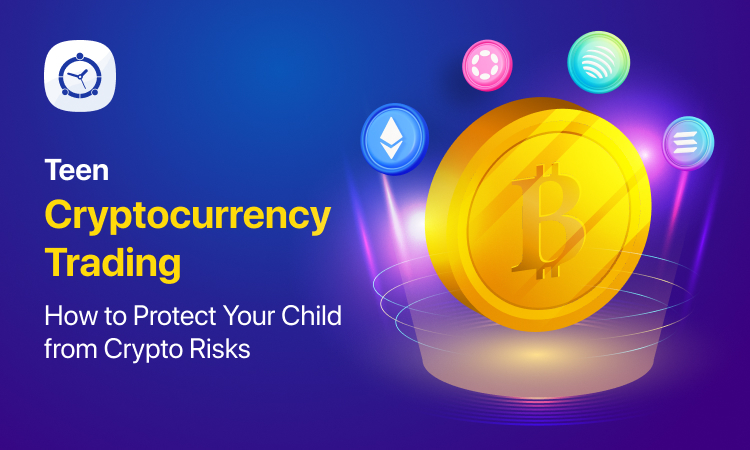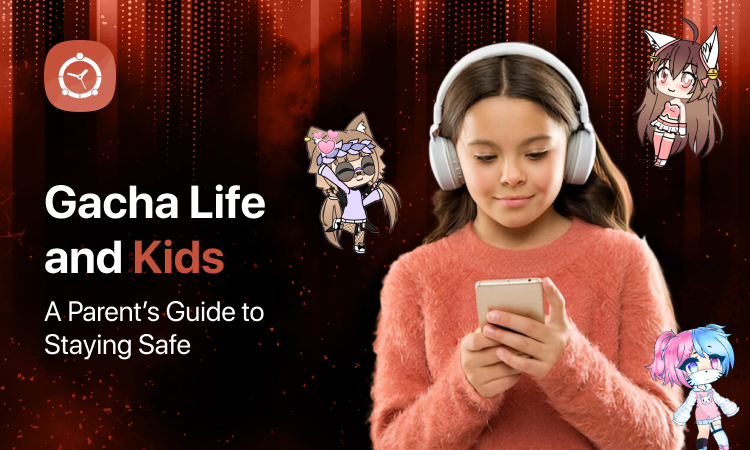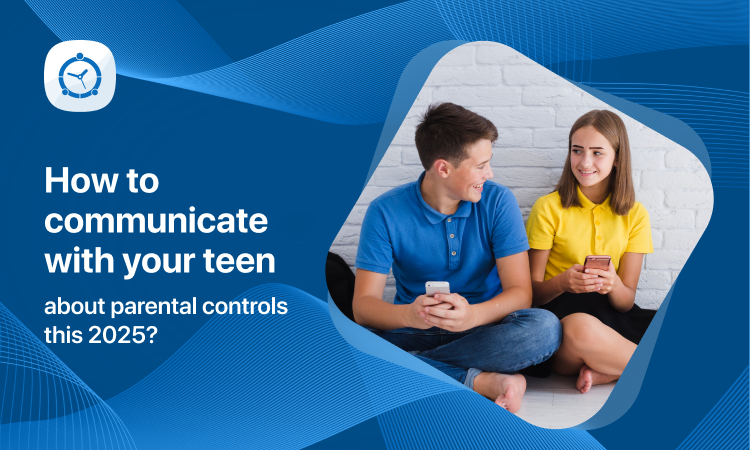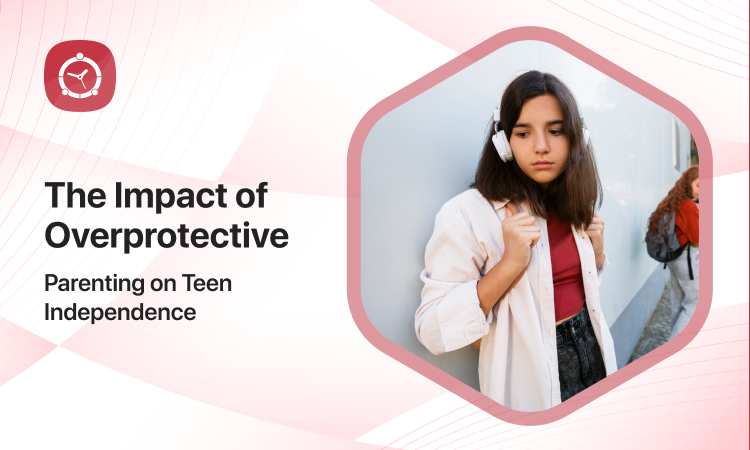With TikTok’s future in the U.S. hanging in the balance, developers are racing to fill the potential gap with alternative platforms. One such contender, launched in early 2024, is Scoopz. Already gaining traction with over 5 million downloads, this short-form video app is being dubbed by many as “TikTok 2.” However, just because it’s popular doesn’t mean it’s safe, especially for children.
Although the Google Play Store gives Scoopz an 18+ rating, we know curious kids often bypass these age restrictions. So, is Scoopz actually safe for younger users?
Let’s explore what the app offers and more importantly, what risks it poses.
What Is Scoopz?
At first glance, Scoopz appears to be just another TikTok clone. It’s a short-form video platform offering a feed of videos tailored to user interests. Just like on TikTok, users can like, dislike, comment, and share. They can also upload their own videos.
But here’s where it gets different: Scoopz claims to focus on “real” content. That means less viral dancing, more real-life events, community happenings, and even local news. While this sounds like a more mature approach, it introduces its own concerns, particularly for younger users.
In theory, the lack of fluff may sound appealing. In practice, however, it creates space for serious safety issues.
Is Scoopz Safe for Kids?
While Scoopz’s tagline, “Real Life, Real Video,” might seem harmless, it actually hints at a deeper issue: a lack of censorship and moderation. This uncensored environment exposes users to extremely inappropriate and disturbing content, making it unsuitable for children or teens.
1. Graphic and Inappropriate Content
Unfortunately, our review uncovered numerous videos containing graphic violence, explicit language, nudity, and even apparent real-life fatal accidents. This type of content appears without any content warnings and is mixed directly into the video feed.
Even more concerning, your child doesn’t have to search for this type of content—it simply appears, making accidental exposure almost unavoidable.
2. Weak Privacy Settings
Unlike TikTok, Scoopz does not allow users to make their accounts private. This means anyone can follow your child, comment on their videos, and initiate contact. While there is an option to hide location data, it’s not enabled by default. If left active, your child’s location is publicly shared whenever they post.
As you can imagine, this opens the door to potential exploitation and predatory behavior.
3. No Parental Controls
Because the app is intended for adult users, Scoopz hasn’t built in any parental control options. There’s no way to limit access from within the app itself. That’s why a third-party parental control solution is essential if you’re concerned your child might try to use Scoopz.
How FamilyTime Can Help Protect Your Child
In the absence of built-in controls, tools like FamilyTime offer essential support to parents looking to protect their children from Scoopz’s unsafe content.
With FamilyTime, you can:
- Block Scoopz entirely from your child’s device
- Set screen time limits, so usage stays within healthy boundaries
- Receive alerts if your child tries to install or access the app
- Pause the internet instantly to prevent further usage
- Track your child’s location in real time, adding another layer of safety
Moreover, FamilyTime offers detailed app usage reports, giving you better visibility into what your child is doing online. And since Scoopz doesn’t notify you of any risky interactions, FamilyTime fills in that critical safety gap.
Final Verdict: Is Scoopz Safe?
To put it bluntly no, Scoopz is not safe for kids or teens. While it markets itself as a TikTok alternative, its lack of moderation, unsafe content, and poor privacy protections make it a risky choice, even for mature users.
Yes, Scoopz may cater to a more “real-world” audience. However, when that means uncensored graphic content and zero safeguards, it’s not a platform young people should be using.
If your child is curious about Scoopz, the best course of action is to:
- Talk to them about why the app is unsafe,
Use FamilyTime to block or limit access, and
Stay involved in your child’s digital world to guide them toward healthier online habits.

